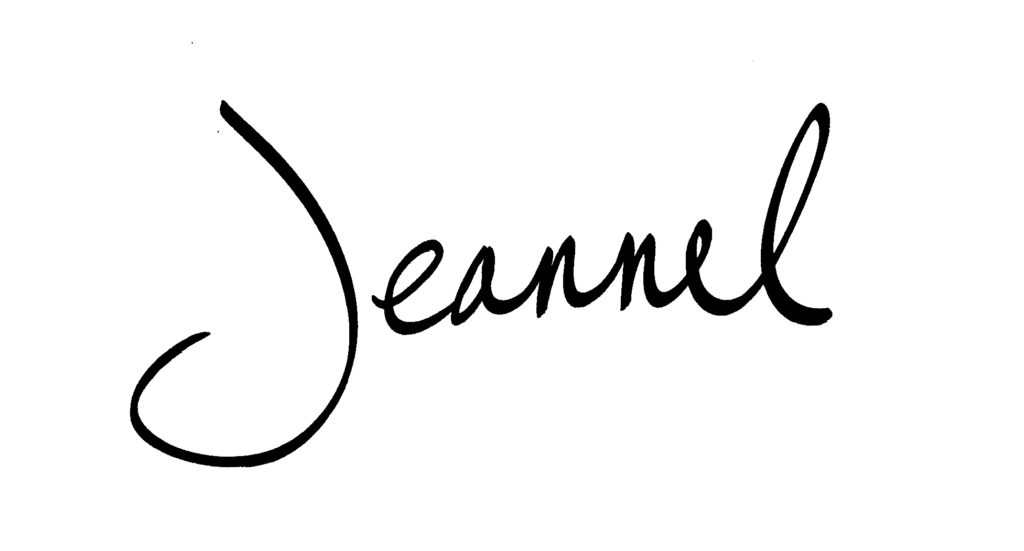As facilitators, it’s tempting to think that at the end of a session we need to have personally solved our client’s problem. . . especially when that problem is big and painful and clearly having a significant impact on the team. We want to be able to help them move forward, and things that may be obvious to us about a team’s dynamic or culture may simply be invisible to the team itself.
Wouldn’t it be easier for everyone involved if we could simply do the work for them? Tell them what they need to know? Draw them a nice big picture of how they should move forward and hand it to them on a silver platter at the end of our session?
Wouldn’t it be easier to be like that student in high school who – when assigned a group project – rolls her eyes, sighs, grabs the paperwork and says to the rest of her team, “You know what? I’ll just do it all myself! It will be easier if you all just sit here and I’ll take care of it.”
Heck, our client may want us to take it off their hands and shoulders. “Can’t you just do it for us?” they may ask. “We’re too busy, we’re too tired, we’re too ground down to do this stuff for ourselves.”
Wouldn’t that be better – wouldn’t that be EASIER – for everyone concerned?
No. No it would not.
To quote the great Peter Block, “It is a misuse of our power to take responsibility for solving problems that belong to others.”
For true progress to happen, a team must work through its own stuff. When anyone – be they a facilitator, trainer, industry expert or even the organization’s CEO – hands over “the solution” for how a team is going to move forward, they do the team a disservice. By handing over a solution to a team, they discount the resources and ability of the team to do its best thinking in creating a solution for themselves. Moreover, because the team had no voice in what was created “for” them, they feel no real connection to the solution being provided. They have no stake in the solution, no skin in that game. And the solution will not be implemented. Not fully. Not really.
Instead, it will sit in a binder, next to lots of other binders, gathering dust on a shelf. . . and nobody will care.
From our children to our careers, we care about the things we create.
It’s a part of being human. Part of what makes us care about it so much is that it isn’t easy. It’s hard work, and it’s worth it. It’s true for parents, and it’s true for teams.
When we get to contribute to the creation of a solution to our problem, we own that solution. When we get the opportunity to do the hard work to come to greater clarity around our own problem, we do it. It’s not easy, and it’s certainly not always pretty, but we do it. And when we do, we become that much more vested in seeing our solution become a reality. Our buy-in is greater, and we are that much more motivated to share the solution with others on our team so that they see themselves in it and care about it, too.
As a facilitator, I get to create and maintain the space for a team to do its own work. I may provide structures such as processes, visual templates, and hard questions along the way to support that work, but the TEAM gets to do the work for itself.
When you facilitate, don’t take away a team’s opportunity to own their own solution. Don’t do the work “for” them. Instead, create and maintain the space for this often-difficult work to occur, guide them along the way, and help them uncover the answers that were within them all along. It may be harder to do, it may take longer to do, but it is SO worth it!
I cannot wait to see what you draw forth,


